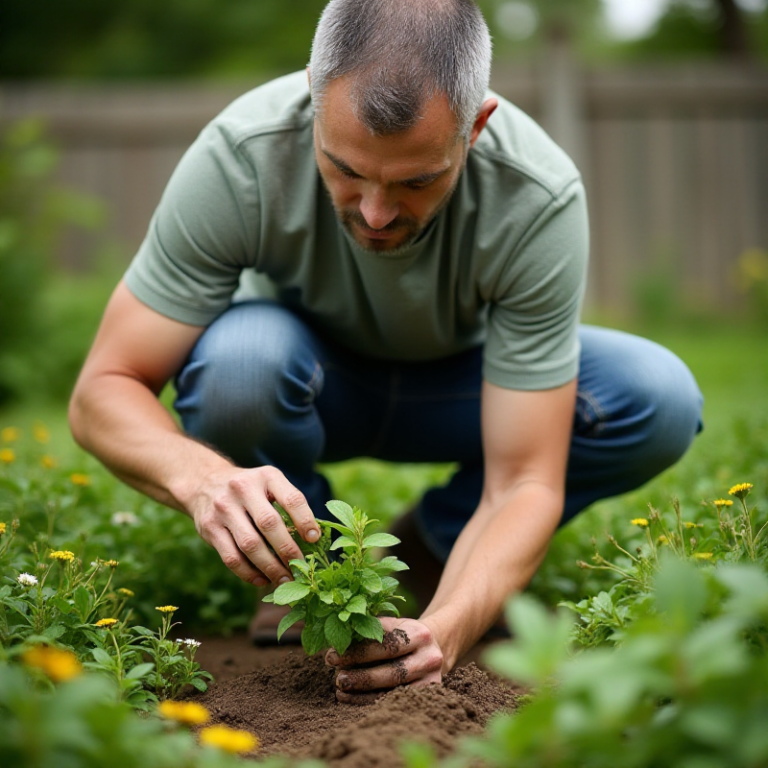Learning how to live off the land might seem overwhelming at first, but it’s an incredible journey toward self-reliance and a simpler life. This beginner-friendly guide will help you kickstart your path to sustainable living with practical tips and essential know-how. Whether you’re preparing for emergencies or just yearning for a more natural lifestyle, living off the land is both fulfilling and empowering.
What Does It Mean to Live Off the Land?
To live off the land means relying on the natural resources around you for food, shelter, and survival. Instead of depending on grocery stores or urban infrastructure, you grow, hunt, gather, and make everything you need. While this may sound like a daunting shift, it’s about starting small and building your skills.
Living off the land doesn’t mean abandoning modern conveniences overnight. It’s about learning to work with nature and creating a sustainable way of life.
Step 1: Start With Gardening Basics
One of the easiest ways to begin living off the land is by starting a garden. Growing your food connects you to nature and reduces dependence on store-bought goods.
Choosing the Right Crops
For beginners, focus on vegetables that are easy to grow and highly productive, like tomatoes, zucchini, potatoes, and beans. If space is limited, opt for container gardening or vertical gardens.
Soil and Composting Tips
Healthy soil is the foundation of successful gardening. Start a compost pile to recycle kitchen scraps and yard waste into nutrient-rich soil. This sustainable practice saves money and improves plant health.
Harvesting and Preserving Your Bounty
Once your crops are ready, learn simple preservation techniques like canning, drying, or freezing. Preserving food ensures your hard work lasts throughout the seasons.
Step 2: Learning to Forage
Foraging is another key skill to live off the land. This involves identifying and collecting wild edible plants, nuts, and berries.
Foraging Safety First
Always double-check your finds using a trusted guidebook or app to avoid harmful plants. Join local foraging groups to learn from experienced gatherers.
What to Look For
Common wild edibles include dandelion greens, wild garlic, mushrooms, and blackberries. These natural treasures are often found in your local forest or even your backyard.
Step 3: Hunting and Fishing Basics
Hunting and fishing provide high-protein sources of food essential for long-term survival.
Gear Up for Success
Invest in basic hunting and fishing gear. For hunting, consider starting with small game like rabbits or birds. In fishing, a simple rod, reel, and bait can work wonders.
Respecting Wildlife Laws
Make sure to follow local regulations and obtain the necessary permits. This ensures you’re harvesting sustainably and legally.
Preserving Protein Sources
Like gardening, you’ll want to learn how to store your catches. Smoking, salting, or freezing meat and fish are excellent methods for long-term preservation.
Step 4: Building Shelter and Collecting Water
Shelter and water are critical to living off the land, especially in remote or wilderness areas.
Shelter Basics
Start small with a well-built outdoor shed, cabin, or even a tent. Learn to use natural materials like wood and stone for a sturdy structure.
Finding and Filtering Water
Collecting rainwater and filtering it with a simple purification system can meet your water needs sustainably. Boiling water is another effective method for making it safe to drink.
Step 5: Mastering Essential Skills
To live off the land effectively, focus on acquiring practical survival skills:
- Fire-Making: Learn to start a fire without matches using flint or a bow drill.
- Tool Maintenance: Keep tools sharp and in good condition for efficient use.
- Herbal Medicine: Familiarize yourself with plants that have healing properties.
These skills take time to master, but they’re worth every effort. Start practicing one at a time, and soon you’ll be ready for any challenge.
Why Living Off the Land Is Worth It
Choosing to live off the land isn’t just about survival; it’s a way to embrace independence, reduce waste, and connect deeply with the world around you. Every step toward self-reliance is a step toward freedom. You don’t have to go all in at once—each small change adds up to big results.
So, roll up your sleeves and dive in. The land is waiting to provide for you, and the rewards are immeasurable.



